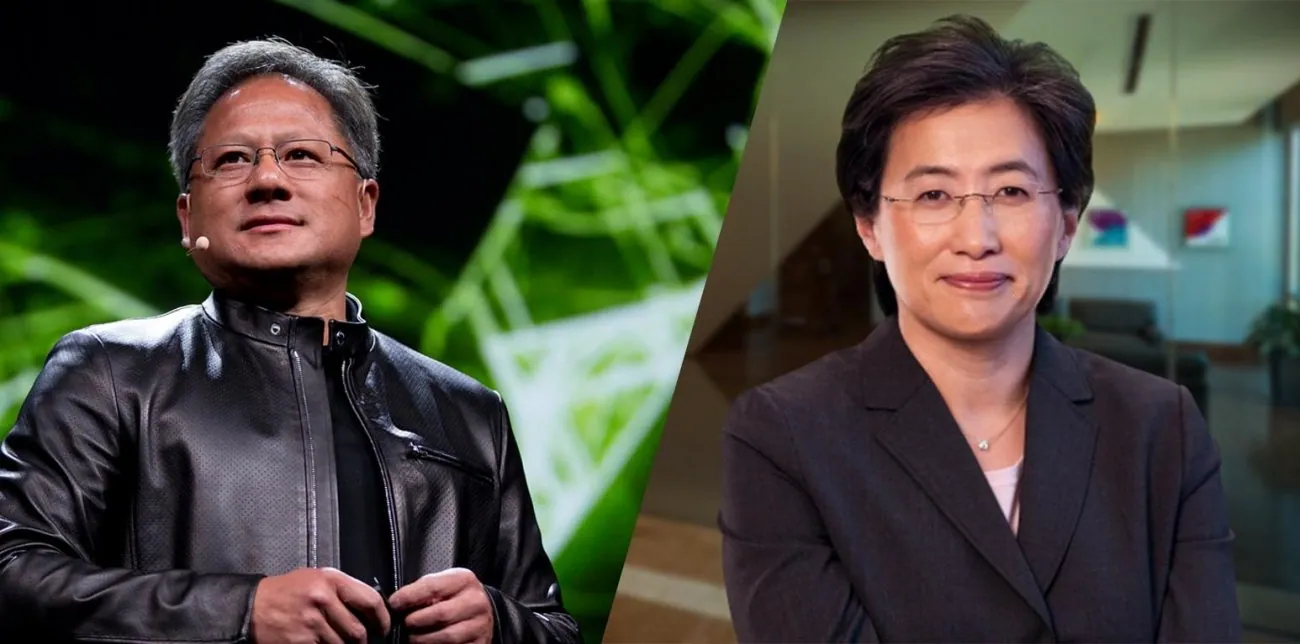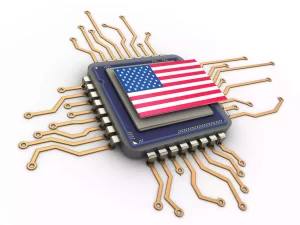Introduction
In a strategic move that has caught the attention of tech enthusiasts worldwide, Microsoft recently announced its decision to offer AMD processors as an alternative to Nvidia for AI workloads in its cloud services. This shift marks a significant development in the realm of cloud computing and artificial intelligence, with implications that extend far beyond the confines of the tech industry. Here are five reasons why Microsoft’s adoption of AMD processors for AI workloads is both noteworthy and consequential:
Follow us on Linkedin for everything around Semiconductors & AI
1. Diversification of Hardware Options:
Microsoft’s decision to offer AMD processors alongside Nvidia’s alternatives provides cloud customers with a greater range of hardware options.
This diversification empowers businesses to choose the hardware that best suits their specific AI workloads, preferences, and budget constraints.
For example, companies running AI-driven applications that require high-performance computing may opt for Nvidia GPUs, while those with budget considerations may find AMD processors to be a cost-effective alternative without compromising significantly on performance.
Real-life Example: A medium-sized e-commerce platform migrating its AI-powered recommendation engine to the cloud may find that AMD processors offer a compelling balance of performance and cost-effectiveness, enabling the company to scale its operations efficiently while keeping infrastructure costs in check.
Read More: Upto 100%: US Hikes Tariffs on EVs, Semiconductors from China Amidst Upcoming Elections – techovedas
2. Competition Spurs Innovation:
By introducing AMD processors as a viable alternative to Nvidia’s offerings, Microsoft is fostering healthy competition in the AI hardware market.
Competition encourages innovation, as companies strive to differentiate themselves by delivering better performance, energy efficiency, and value to customers.
This dynamic can drive advancements in AI hardware technology, ultimately benefiting consumers and accelerating the pace of AI-driven innovation across industries.
Real-life Example: The competition between AMD and Nvidia in the AI hardware space may lead to rapid advancements in chip architectures, resulting in more powerful and energy-efficient processors that enhance the performance and scalability of AI workloads for cloud customers.
Read More: BYD Breaks Ground on First-Ever Mass-Produced Sodium-Ion Battery Plant – techovedas
3. Democratizing AI:
The availability of AMD processors as an alternative to Nvidia’s GPUs in Microsoft’s cloud services has the potential to democratize access to AI capabilities.
By offering a more diverse range of hardware options at varying price points, Microsoft is lowering the barriers to entry for businesses seeking to leverage AI technologies.
This democratization can empower startups, small businesses, and organizations with limited resources to harness the power of AI to drive innovation and competitiveness.
Real-life Example: A healthcare startup developing AI-driven diagnostic tools may find that the availability of affordable AMD processors in Microsoft’s cloud services enables them to accelerate the development and deployment of their AI models, ultimately improving patient outcomes and reducing healthcare costs.
Read More: AMD & Intel on Notice: Nvidia GH200 Is Now Powering 9 Supercomputers – techovedas
4. Addressing Supply Chain Challenges:
The semiconductor shortage underscores the need to diversify supply chains. Microsoft’s inclusion of AMD processors offers customers alternative hardware choices. This decision enhances supply chain resilience. Customers have options beyond Nvidia GPUs. It mitigates reliance on a limited number of suppliers.This diversification can help mitigate the impact of supply chain disruptions and ensure continuity of service for cloud customers.
Real-life Example: A multinational corporation uses AI-powered analytics for decision-making. It can mitigate supply chain risks with AMD processors in Microsoft’s cloud. AMD processors serve as a backup to Nvidia’s GPUs. This ensures uninterrupted access to critical AI capabilities.
Read More: Paradigm Shift in AI: First Commercial Neuromorphic Computer Arrives – techovedas
5. Driving Technological Ecosystem Collaboration:
Microsoft’s adoption of AMD processors highlights collaboration in the tech ecosystem. Partnering with AMD fosters collaboration across industries. This approach delivers innovative solutions for evolving customer needs. Synergies between hardware and software optimize AI workload performance. Efficiency and scalability are enhanced in the cloud environment.
Real-life Example: Microsoft’s collaboration with AMD may inspire other cloud service providers to explore similar partnerships with hardware vendors, fostering a collaborative ecosystem where innovations in AI hardware and software converge to deliver transformative value for customers across industries.
Read More: Bigger vs. Better: Can LLaMa 3 Size Overpower Mistral 7B Accuracy? – techovedas
Conclusion
Microsoft’s move to offer AMD processors alongside Nvidia for AI workloads is a major step. It diversifies hardware options for cloud customers. This fosters healthy competition in the AI hardware market. It democratizes access to AI capabilities by providing more affordable alternatives. It addresses supply chain challenges by offering alternative hardware sources, drives collaboration within the technological ecosystem. Overall, Microsoft’s decision has profound implications for cloud computing and AI, benefiting businesses, consumers, and society.








